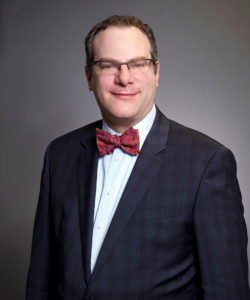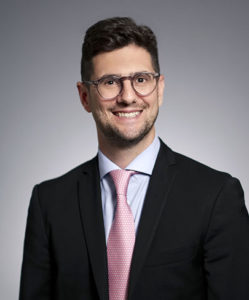The date a limitation period begins depends on when the claim was discovered. The recent decision of the Ontario Court of Appeal in Kaynes v. BP, PLC clarifies the law of discoverability under the Limitations Act, 2002, S.O. 2002, c. 24 (the “Act”) concerning claims for fraudulent misrepresentation.
Overview
The defendant, BP PLC (“BP”), is a UK petroleum company whose securities trade on international stock exchanges. The plaintiff, Peter Kaynes (“Kaynes”), is an Ontario resident who purchased BP shares on the New York Stock Exchange.
Kaynes attempted to bring a class action against BP on behalf of Canadian shareholders due to BP’s alleged misrepresentations about the safety of its drilling operations. BP’s drilling operations ultimately resulted in the Deepwater Horizon accident in the Gulf of Mexico in April 2010. Kaynes alleged that BP misrepresented its ability to respond to an oil disaster which, in effect, artificially inflated its share price. After the explosion in April 2010, BP publicly corrected those misrepresentations, leading to a significant drop in the price of its shares.
Kaynes filed five different statements of claim in Alberta and Ontario, one of which was commenced in 2019 and claimed fraudulent misrepresentation.
The Motion Judge’s Decision
BP brought a motion to strike the claim on the basis that Kaynes’ claim of fraudulent misrepresentation was statute-barred because they filed it outside of the two-year limitation period. The motion judge granted BP’s motion and dismissed the action.
The motion judge held that BP’s claims were discoverable when BP publicly corrected its misrepresentations about the safety of its drilling operations in June 2010. Therefore, Kaynes’ action was out of time when it filed the claim in 2019.
Appeal Decision
The Ontario Court of Appeal disagreed with the motion judge’s analysis. The Court found that the motion judge erred in his discoverability analysis under section 5(1) of the Limitations Act, 2002, S.O. 2002, c. 24.
Under section 5(1), a plaintiff must have knowledge of all the essential elements of a claim for fraudulent misrepresentation before the limitation period begins to run. The Court held that:
- as is well-established, a limitation period can only begin when a plaintiff discovers each of the elements of the claim;
- a claim for fraudulent misrepresentation requires a plaintiff to establish “that the misstatement that caused the damage was made with [the defendant’s] knowledge that the misrepresentation was false”; and,
- the motion judge’s approach required Kaynes to commence an action alleging fraud within two years of the misrepresentation, whether or not he knew or ought to have reasonably known of BP’s intent. Such a requirement would “fly in the face of the well-established common law principle”.
Despite disagreeing with the motion judge’s analysis, the Court’s ultimate decision remained the same. BP’s fraudulent misrepresentation was discoverable in July 2015, when it settled several actions in the US. Since the limitation period expired in July 2017, Kayne’s claim for fraudulent misrepresentation in the 2019 claim was statute-barred.
Consistent with well-established authority, the Court noted that discoverability issues should rarely be decided on a motion to strike a pleading unless pleadings are closed, and the facts are undisputed. However, the Court found that the motion judge did not err in deciding the limitations issue in this case because there were no disputed facts.
This case reaffirms that the plaintiff’s counsel must be cautious in their pleadings and avoid pleadings that the defendants will use to strike the claim as brought outside the limitation period. If the plaintiff’s counsel knows that discoverability of the claim will be an issue, nothing should be pleaded which could be used to establish the limitation period expired. For defendants, this case confirms that, in appropriate situations, a motion to strike a claim can be brought if the pleadings make it clear that the claim should have been discovered more than two years before the claim was brought.
Related Services
ABOUT THE AUTHORS
 Brian Radnoff, a Partner in Dickinson Wright’s Toronto office, practices a wide range of commercial litigation, both at the trial and appellate levels. . He can be reached at 416-777-4046 or bradnoff@dickinsonwright.com. To access his biography, click here.
Brian Radnoff, a Partner in Dickinson Wright’s Toronto office, practices a wide range of commercial litigation, both at the trial and appellate levels. . He can be reached at 416-777-4046 or bradnoff@dickinsonwright.com. To access his biography, click here.
 Mordy Mednick is a partner in Dickinson Wright’s Commercial Litigation Group with a particular focus on business disputes. He can be reached at 416-777-4021 or MMednick@dickinsonwright.com. To access his biography, click here.
Mordy Mednick is a partner in Dickinson Wright’s Commercial Litigation Group with a particular focus on business disputes. He can be reached at 416-777-4021 or MMednick@dickinsonwright.com. To access his biography, click here.
